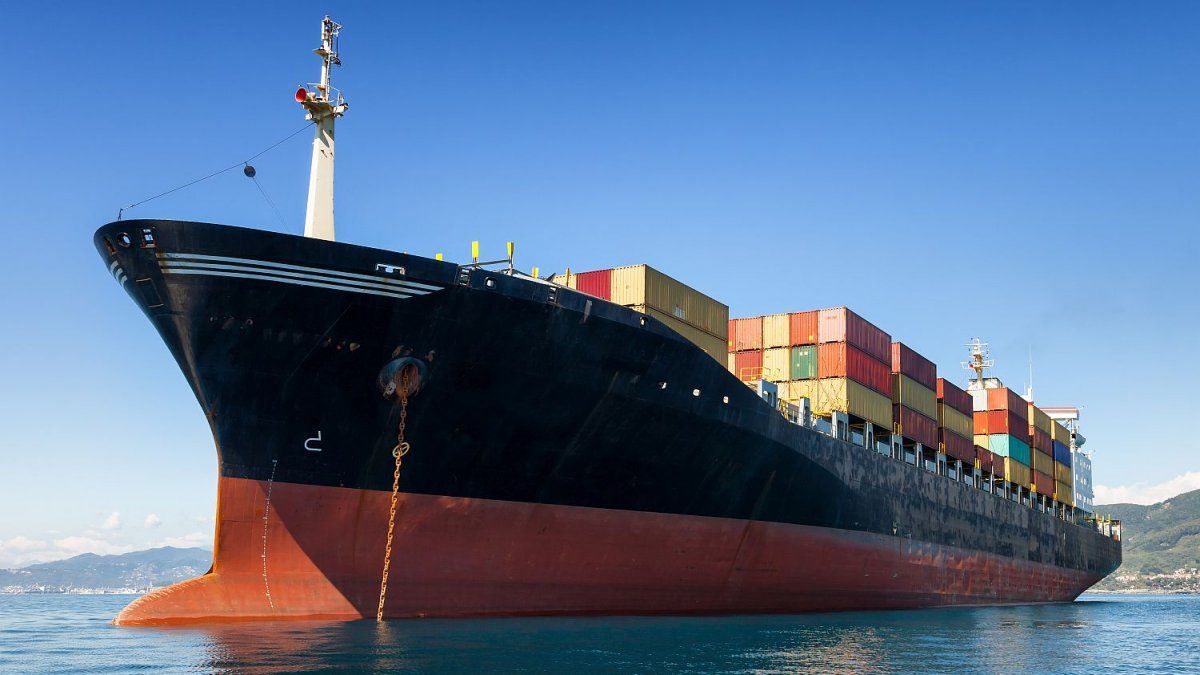He freight costwhich affects the final price of global exports and imports, jumped 213% year-on-year in JuneThe reason for this significant increase was linked to a conflict in the Red Sea and the drought in Panama, which impacted maritime traffic through the canal.
According to the report Argentine Agency for Investment and International Trade through a report, the Freightos Baltic Index (FBX)the global freight transport index, averaged US$2,134 per TEU (transport unit used to refer to a 20-foot-long container) in the sixth month of the year. In addition to the aforementioned annual variation, this meant a 32% increase compared to May.
In the same sense, the Shanghai Containerized Freight Index (SCFI)an index composed of data collected from 15 different transport routes, averaged US$3,714, which implies a month-on-month increase of 37% and of the 292% compared to June 2023.
Why did freight rates rise again?
The cause of this new increase in transport had to do, on the one hand, with the Yemen’s Houthis attack the trade route through the Red Sea, which accounted for about 15% of global maritime trade by connecting Asian and Persian Gulf ports with Europe.
The situation forced shipping companies to divert their ships to the Cape of Good Hope in South Africa, which saw a 50% increase in traffic at the beginning of the year.
In parallel, the Drought that affected the transit of the Panama CanalFaced with the brutal reduction in water levels, the canal authority has cut the number of ships that can cross it.
Under normal conditions, this route accounts for around 3% of global trade, and almost half of the containers that go from Northeast Asia to the East Coast of the United States. Likewise, the transfer from the United States to the West Coast of Central and South America is also important.
Little impact on domestic imports
Despite this international situation, in June 2024 INDEC reported that the unit value of international freight for imports was US$70.4 per ton, 5.3% lower than in the same period in 2023 (US$74.3 per ton) and 34.4% lower than in June 2022 (US$107.3 per ton).
The drop compared to 2023 was due to the declines that occurred on routes connected to Europe and North America, since increases in costs were observed for trade with China, the main supplier of imports, and Mercosur countries.
Freight rates had already seen sharp increases during the Covid-19 pandemic
The end of the Covid-19 pandemic caused major bottlenecks in global trade. While demand for goods quickly recovered, The supply of containers to transport these goods suffered a congestiondue to delivery delays, an unbalanced recovery between countries and repeated closures in the face of the emergence of new waves of coronavirus.
In this context, The cost of maritime freight soared by nearly 170% in the first 9 months of 2021according to the Freightos index. However, by early 2023, the cost was already around 70% lower than the average for 2022 and 2021.
At the local level, after reaching an extraordinary peak in November 2022, the cost of freight per ton imported into Argentina fell noticeably towards mid-2023. It then experienced a new advance (although more tenuous than that of the pandemic), which peaked in January of this year.
Source: Ambito




